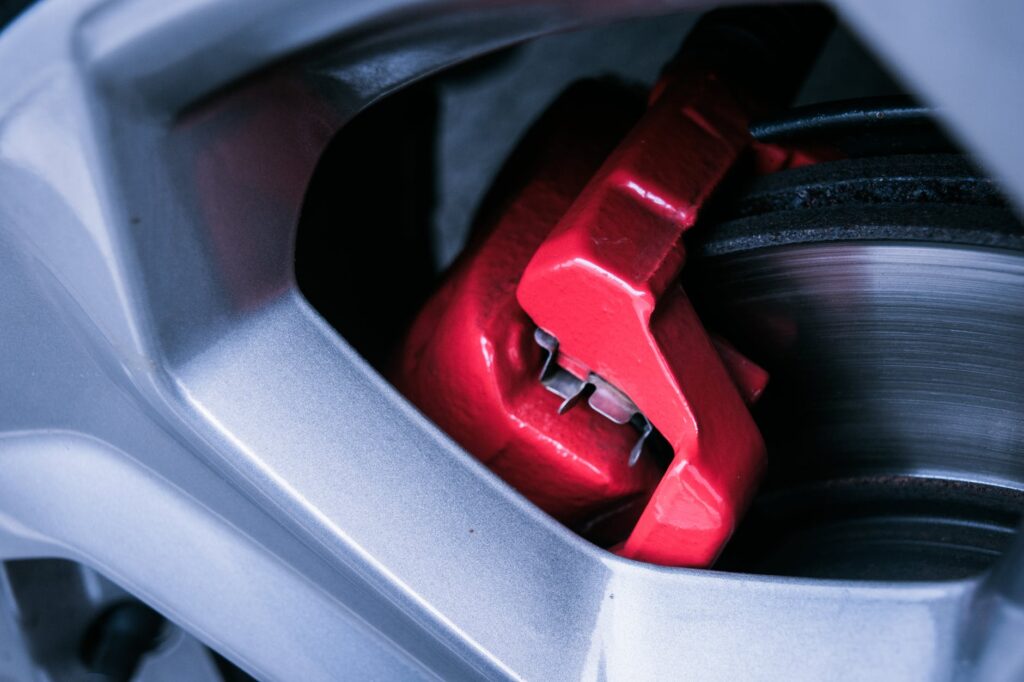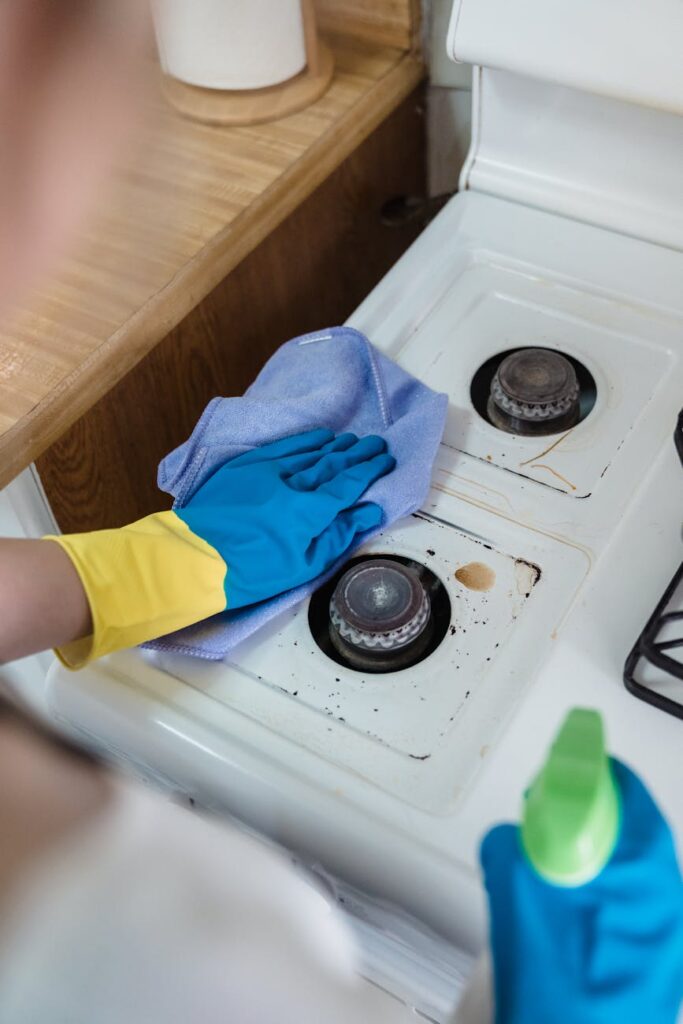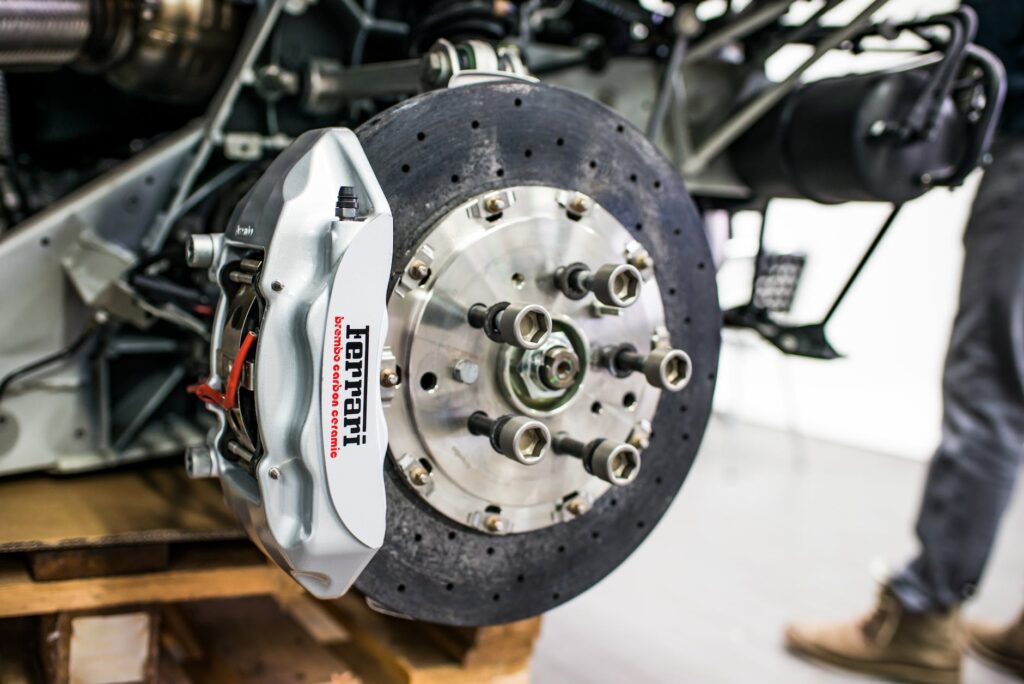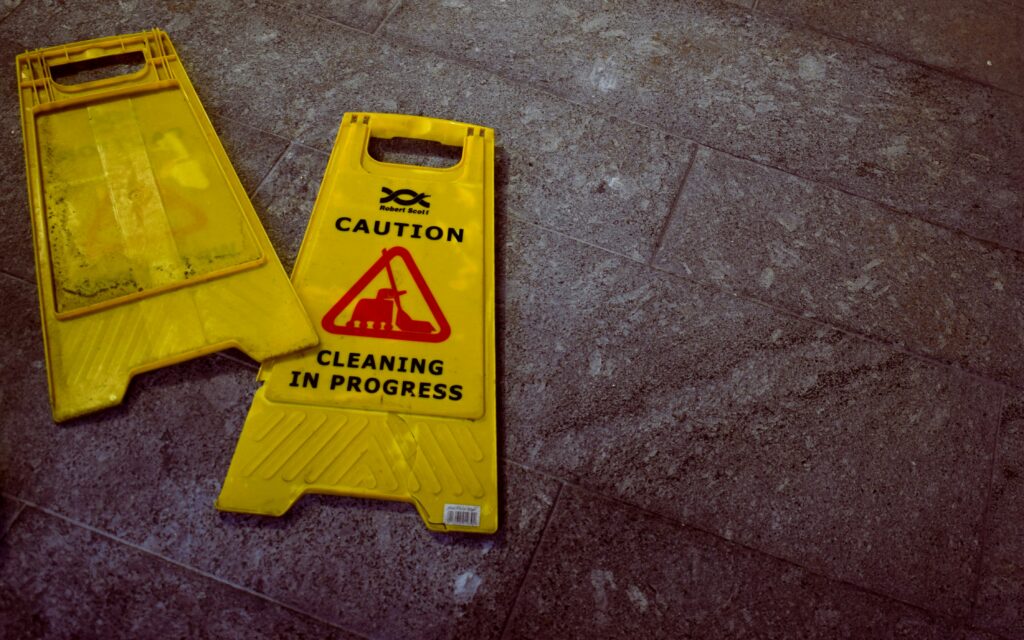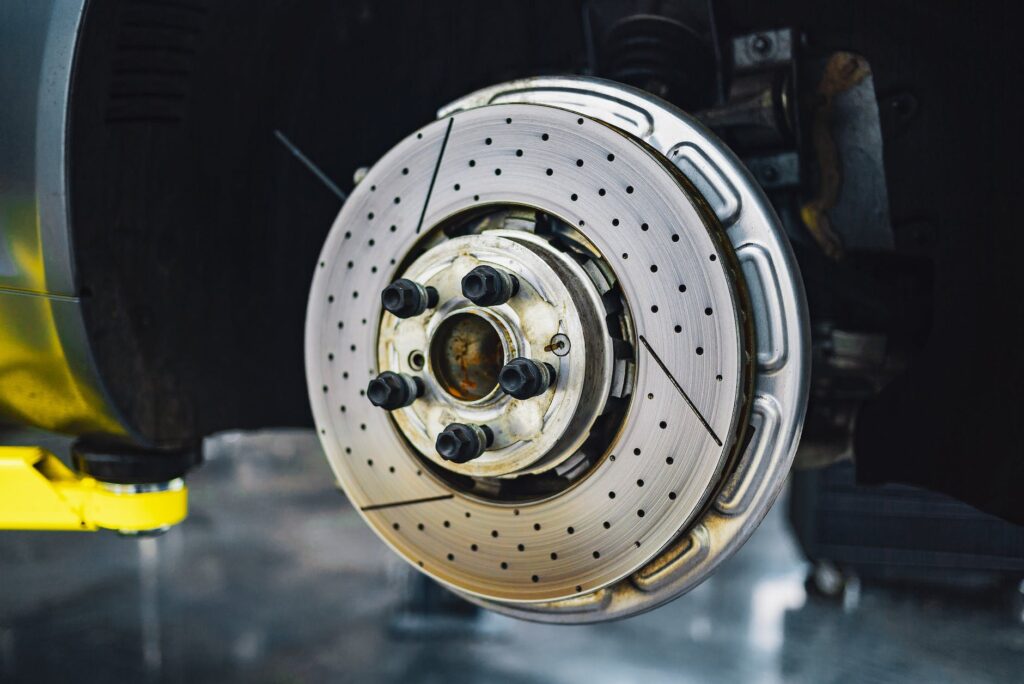Contents
Understanding Brake Calipers
To effectively clean brake calipers without removing them, it’s important to have a solid understanding of what brake calipers are and the different types available.
Introduction to Brake Calipers
Brake calipers play a crucial role in the braking system of a vehicle. They house the car’s brake pads and pistons, which are responsible for squeezing the pads against the rotor to stop the car (NuBrakes). By supporting the brake pads on both sides of the rotor and utilizing pistons to apply pressure, brake calipers help generate the necessary friction to slow down or stop the vehicle.
Brake calipers come in various sizes, depending on the specific make and model of the car. They are typically located near the wheels and are an essential component for safe and effective braking.
Types of Brake Calipers
There are two main types of brake calipers: floating calipers and fixed calipers.
Floating Calipers: Floating calipers feature one or two pistons that move in and out with the brake pad. When the brakes are applied, the piston(s) push the entire caliper to engage the brake pads against the rotor. This movement causes the brake pads to clamp onto the rotor, creating the necessary friction to slow down the vehicle.
Fixed Calipers: Fixed calipers, on the other hand, do not move. They have pistons on both sides of the caliper that apply force directly to the brake pads. The pistons push the brake pads against the rotor from both sides, resulting in a more balanced and evenly distributed braking force.
The specific type of caliper used in a vehicle depends on factors such as the manufacturer’s design and the desired performance characteristics. It’s important to note that different vehicles may have different caliper configurations.
Regular inspection and maintenance of brake calipers are crucial to ensure proper functioning and safety. Failure or wear and tear of brake calipers can lead to reduced braking force or a complete loss of brake function (NuBrakes). It is recommended to address any issues promptly to prevent more serious damage.
When one brake caliper fails or wears out, it is generally recommended to replace both calipers. This ensures even wear, prevents imbalanced brake systems that can affect safety and performance, and can save time and money in the long run (NuBrakes).
Now that we have a basic understanding of brake calipers, we can explore the importance of cleaning them regularly without the need for removal.
Importance of Cleaning Brake Calipers
Proper maintenance of brake calipers is essential for ensuring optimal safety and performance of your vehicle’s braking system. In this section, we will explore the benefits of regular brake caliper maintenance as well as the risks associated with neglecting to clean them.
Benefits of Regular Brake Caliper Maintenance
Regular cleaning and maintenance of brake calipers offer several benefits that contribute to the overall performance and longevity of your vehicle’s braking system. These benefits include:
Enhanced Braking Performance: Clean brake calipers ensure proper functioning of the brake pads and promote optimal contact between the pads and the rotors. This allows for consistent and effective braking performance, reducing the risk of accidents.
Prevention of Brake Noise: Brake noise, such as squeaking or grinding, can be a common issue caused by dirty or contaminated calipers. Regular cleaning helps to remove dirt, debris, and brake dust buildup, minimizing the chances of brake noise and vibrations.
Prevention of Uneven Brake Pad and Rotor Wear: Neglecting to clean brake calipers can lead to uneven wear on the brake pads and rotors. Over time, this can result in reduced braking efficiency and the need for premature replacement of these components. Regular cleaning helps maintain even wear, extending the life of these parts.
Corrosion Prevention: Brake calipers are often exposed to various environmental elements that can cause corrosion. Regular cleaning removes dirt, grime, and road salt buildup, preventing corrosion and prolonging the lifespan of the calipers.
Risks of Neglecting Brake Caliper Cleaning
Neglecting to clean brake calipers can lead to several risks that compromise the safety and performance of your vehicle. These risks include:
Decreased Braking Performance: Over time, dirt, debris, and brake dust can accumulate on the calipers, inhibiting their ability to function optimally. This buildup can reduce braking force, resulting in longer stopping distances and potentially hazardous driving conditions.
Increased Brake Noise: Dirty or contaminated calipers can contribute to brake noise, such as squeaking or grinding sounds. This not only affects the comfort of the driver and passengers but may also indicate underlying issues with the braking system.
Uneven Brake Pad and Rotor Wear: When calipers are not properly cleaned, the accumulation of dirt and brake dust can lead to uneven wear on the brake pads and rotors. This uneven wear can result in an imbalanced braking system, reducing overall braking efficiency and potentially causing brake-related issues.
Safety Concerns: A neglected braking system can compromise your safety on the road. Reduced braking performance and increased brake noise can lead to accidents or incidents where you may not be able to stop the vehicle in time to avoid a collision.
To avoid these risks and maintain the safety and performance of your vehicle’s braking system, it is essential to incorporate regular brake caliper cleaning into your maintenance routine. By doing so, you can ensure that your vehicle’s brakes are in optimal condition and provide reliable stopping power when you need it most.
Methods for Cleaning Brake Calipers without Removing Them
When it comes to cleaning brake calipers without removing them, there are several effective methods that can help improve the performance and longevity of your braking system. Here, we will explore two popular techniques: using brake cleaner spray and the wire brush cleaning method. Additionally, we will discuss some additional tools and techniques that can be used for a thorough cleaning.
Using Brake Cleaner Spray
One method to clean brake calipers without removing them involves using a flat screwdriver to lift the dust boot on the caliper and spraying brake cleaner inside the boot. This process can help dislodge any particles and clean the caliper effectively (Adventure Rider). Brake cleaner spray is specifically formulated to dissolve brake dust, dirt, and grime buildup, making it an excellent choice for cleaning calipers.
To clean your brake calipers using this method, follow these steps:
- Lift the dust boot on the caliper using a flat screwdriver. Be gentle to avoid damaging the boot.
- Spray brake cleaner into the opening created by lifting the dust boot. Make sure to direct the spray towards the areas where dirt and grime are likely to accumulate.
- Allow the brake cleaner to sit for a few minutes to dissolve the debris.
- Use a clean cloth or rag to wipe away the dissolved dirt and grime.
- Repeat the process if necessary until the caliper appears clean.
Wire Brush Cleaning Method
To clean brake calipers without removing them, you can use a wire brush to remove as much dirt and rust as possible, followed by spraying brake cleaner on the calipers to dissolve any remaining grime and brake dust. This method can help improve the overall performance and longevity of your braking system (Tedious Repairs).
Here’s how you can clean your brake calipers using the wire brush cleaning method:
- Prepare the necessary tools, including a wire brush and brake cleaner spray.
- Use the wire brush to gently scrub the caliper, focusing on areas with visible dirt and rust. Be careful not to damage any components or seals.
- After removing as much dirt and rust as possible, spray brake cleaner on the caliper to dissolve any remaining grime and brake dust.
- Allow the brake cleaner to sit for a few minutes to ensure thorough cleaning.
- Wipe away the dissolved dirt and grime using a clean cloth or rag.
- Repeat the process if necessary until the caliper appears clean.
Additional Tools and Techniques for Thorough Cleaning
In addition to the methods mentioned above, there are some additional tools and techniques that can be used for a thorough cleaning of brake calipers. These include:
- Small brushes: Use small brushes, such as toothbrushes or detailing brushes, to reach into tight spaces and remove stubborn dirt and grime.
- Compressed air: If available, use compressed air to blow away loose debris and ensure a thorough cleaning.
- Plastic scraper: A plastic scraper can be used to gently remove any stubborn buildup without damaging the caliper.
- Gloves and safety glasses: When working with brake cleaner spray and other cleaning products, it’s important to wear gloves and safety glasses to protect your skin and eyes.
By utilizing these additional tools and techniques, you can ensure a more comprehensive cleaning of your brake calipers, helping to maintain their performance and extend their lifespan.
Remember, safety should always be a priority when working on your vehicle. Before starting any cleaning process, refer to your vehicle’s manufacturer guidelines and take necessary precautions to ensure a safe and effective cleaning experience.
Maintaining clean brake calipers is essential for optimal braking performance and safety. Regular cleaning, along with other maintenance practices like applying brake lubricant and following a regular cleaning schedule, can help keep your brake calipers in top condition for years to come.
Safety Precautions When Cleaning Brake Calipers
When undertaking the task of cleaning brake calipers without removing them, it is crucial to prioritize safety. By following proper safety precautions, you can protect yourself and ensure a successful cleaning process.
Protective Gear and Safety Measures
To safeguard yourself during the cleaning process, it is essential to wear appropriate protective gear. Some recommended safety measures include:
- Gloves: Wear gloves, such as nitrile or latex gloves, to shield your hands from potential chemical exposure and to prevent any oil or dirt transfer from your skin to the calipers. This protects both your skin and the calipers from contamination.
- Eye Protection: Wear safety glasses or goggles to shield your eyes from any cleaning solution or debris that may be dislodged during the cleaning process. This precaution helps prevent eye irritation or injury.
- Working in a Well-Ventilated Area: Ensure that the area where you are working is adequately ventilated. This helps disperse any fumes or airborne particles that may be generated during the cleaning process. Good ventilation helps maintain air quality and reduces the risk of inhaling potentially harmful substances.
By adhering to these safety measures, you can minimize the risk of accidents or exposure to chemicals while cleaning your brake calipers.
Proper Ventilation and Disposal of Cleaning Products
When cleaning brake calipers, it is important to ensure proper ventilation to prevent inhaling fumes or particles that may be emitted during the process. Working in a well-ventilated area, such as an open garage or outdoors, allows for the dissipation of fumes and improves air quality.
Additionally, it is crucial to dispose of any cleaning products or waste materials appropriately. Follow local regulations and guidelines for the proper disposal of cleaning solutions, rags, and any other materials used during the cleaning process. This environmentally responsible approach helps prevent pollution and ensures the safety of both yourself and the surrounding environment.
By prioritizing protective gear, working in a well-ventilated area, and responsibly disposing of cleaning products, you can maintain a safe environment while cleaning your brake calipers without removing them. Remember, safety is paramount when performing any automotive maintenance task. Always exercise caution and follow best practices to protect yourself and those around you.
Maintaining Brake Calipers for Longevity
To ensure the longevity and optimal performance of your brake calipers, it is essential to incorporate regular maintenance into your vehicle care routine. This includes applying brake lubricant and following a consistent cleaning schedule.
Applying Brake Lubricant
One crucial step in maintaining brake calipers is applying brake lubricant. This lubricant helps prevent caliper guide pin corrosion and ensures smooth movement of the caliper components. Before applying the lubricant, it is important to clean the caliper thoroughly to remove any dirt, debris, or old lubricant.
To apply brake lubricant, follow these steps:
Clean the caliper: Use a brake cleaner spray to remove any dirt, grease, and brake dust from the caliper. This will ensure a clean surface for the lubricant application.
Apply the lubricant: Using a high-temperature brake lubricant, apply a thin layer to the caliper guide pins and other moving parts. Make sure to follow the manufacturer’s instructions for proper application.
Reassemble and test: After applying the lubricant, reassemble the caliper components and ensure they move smoothly. Test the brakes to confirm proper functionality.
Regular application of brake lubricant helps prevent corrosion and ensures optimal performance of the caliper components. This maintenance routine can prolong the life of the brakes, with some individuals reporting getting up to 100,000 miles before needing service (Car Talk Community).
Regular Cleaning Schedule and Routine Maintenance
In addition to applying brake lubricant, establishing a regular cleaning schedule is vital for maintaining brake calipers. Regular cleaning prevents corrosion, removes brake dust and debris, and ensures optimal brake performance and safety while driving.
Follow these guidelines for a regular cleaning routine:
Clean the calipers: Use brake cleaner spray and a wire brush to clean the calipers thoroughly. Remove any brake dust, dirt, or debris that may have accumulated.
Inspect for damage: While cleaning, inspect the calipers for any signs of damage, such as leaks, cracks, or excessive wear. Address any issues promptly to avoid further damage and ensure safe braking.
Check brake pads and rotors: Take this opportunity to inspect the brake pads and rotors for wear and tear. If necessary, replace them according to the manufacturer’s recommendations.
Reassemble and test: After cleaning and inspecting the calipers, reassemble all components and ensure they are properly secured. Test the brakes to confirm smooth operation and optimal performance.
Establishing a regular cleaning schedule for brake calipers helps prevent corrosion, uneven wear on pads and rotors, decreased braking performance, and potentially unsafe driving conditions (Berryman Products). By incorporating routine maintenance into your vehicle care routine, you can extend the lifespan of your brake calipers and ensure safe and reliable braking.
Remember to always follow proper safety procedures, including wearing gloves and protective eyewear, when performing brake cleaning procedures (Berryman Products). Working in a well-ventilated area is also crucial to minimize exposure to cleaning products. By prioritizing safety and maintenance, you can maintain the longevity and performance of your brake calipers, contributing to a safer driving experience.
Methods for Cleaning Brake Calipers without Removing Them
To maintain the safety and performance of your vehicle’s braking system, regular cleaning of brake calipers is essential. Cleaning brake calipers without removing them is a convenient method that can help prevent corrosion, extend the life of brake components, and ensure optimal braking performance. In this section, we will explore three effective methods for cleaning brake calipers without the need for removal.
Using Brake Cleaner Spray
One of the most common and effective methods for cleaning brake calipers without removal is by using a brake cleaner spray. This spray is specifically designed to dissolve and remove brake dust, dirt, and grime buildup from the calipers. When using a brake cleaner spray, it’s important to follow these steps:
- Lift the vehicle or remove the wheel to gain access to the brake caliper.
- With the wheel off, locate the brake caliper and ensure it is cool to the touch.
- Shake the brake cleaner spray can well before use.
- Spray the cleaner directly onto the brake caliper, focusing on areas with visible dirt and grime buildup.
- Allow the cleaner to sit on the caliper for a few minutes to dissolve the contaminants.
- Use a clean cloth or brush to gently scrub the caliper, removing any remaining debris.
- Rinse the caliper thoroughly with water to remove any residue from the cleaner.
- Wipe the caliper dry with a clean cloth.
Remember to always follow the manufacturer’s instructions when using brake cleaner spray. It is important to work in a well-ventilated area and wear protective gloves and eyewear to ensure safety.
Wire Brush Cleaning Method
Another method for cleaning brake calipers without removal is the wire brush cleaning method. This technique is effective for removing stubborn dirt and corrosion from the caliper surface. Here’s how to clean brake calipers using a wire brush:
- Lift the vehicle or remove the wheel to access the brake caliper.
- Ensure that the caliper is cool to the touch before starting.
- Use a wire brush to gently scrub the caliper, focusing on areas with visible dirt, rust, or corrosion.
- Pay close attention to the crevices and hard-to-reach areas of the caliper.
- After scrubbing, use a clean cloth to wipe away any loosened debris.
- Inspect the caliper for any remaining dirt or corrosion and repeat the process if necessary.
- Once the caliper is clean, rinse it thoroughly with water to remove any residue.
- Wipe the caliper dry with a clean cloth.
Additional Tools and Techniques for Thorough Cleaning
For a more thorough cleaning of brake calipers without removal, you can use additional tools and techniques. These may include an air compressor or shop vacuum to remove debris after cleaning, ensuring that no contaminants are left behind. It’s important to wear safety gear, such as gloves and protective eyewear, and take necessary precautions when performing brake cleaning procedures.
By utilizing brake cleaner spray, the wire brush cleaning method, and additional tools and techniques, you can effectively clean your brake calipers without the need for removal. Maintaining clean brake calipers contributes to the longevity, performance, and safety of your vehicle’s braking system.

